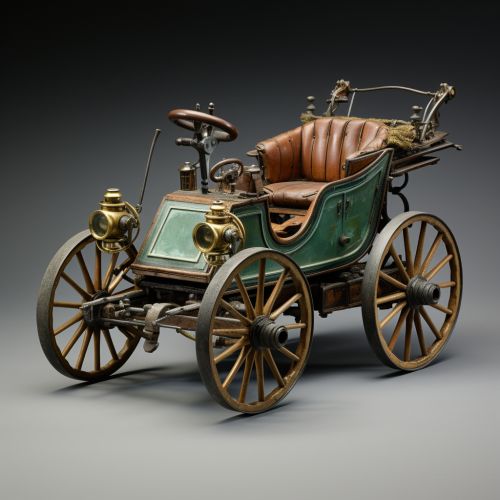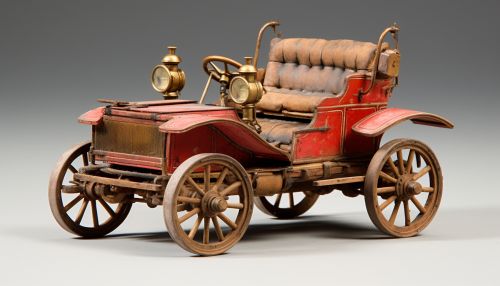Four-wheel drive
Introduction
Four-wheel drive, often designated as 4WD or 4x4, refers to a type of drivetrain system that delivers power to all of its four wheels simultaneously. This system is typically utilized in vehicles to provide superior off-road capability and improved traction on slippery surfaces. The term 4x4, which is pronounced as "four by four", means four wheels total, all of which are driven. The first 4WD system was developed in the late 19th century and has since evolved into a variety of forms, each with its unique characteristics and applications read more.
History
The concept of four-wheel drive is not a modern invention. The first 4WD vehicle was the brainchild of British engineer Bramah Joseph Diplock, who patented his design in 1893 read more. Diplock's vehicle was designed for traction engines, which were primarily used in agricultural settings. The vehicle featured a four-wheel drive and four-wheel steering system, which was quite revolutionary for its time.


In the early 20th century, the development of 4WD technology shifted from agricultural use to military applications. The onset of World War I saw the need for vehicles that could traverse the challenging terrains of the battlefield. This led to the development of the Jeffery Quad, a 4WD truck produced by the Thomas B. Jeffery Company in 1913 read more. The Quad was one of the first successful military 4WD vehicles, and it set the stage for the widespread military use of 4WD technology.
Design and Operation
The design and operation of a four-wheel drive system can vary significantly depending on the specific type of system. However, all 4WD systems share some common components and operational principles.
A typical 4WD system includes a transfer case, which is connected to the vehicle's transmission and both the front and rear axles read more. The transfer case is responsible for distributing power from the engine to the front and rear wheels. It can either distribute power equally to all four wheels or vary the power distribution depending on the driving conditions.
In some 4WD systems, the driver can manually engage and disengage the 4WD mode. This is typically done using a lever or switch located inside the vehicle. Other systems, known as full-time 4WD systems, are always in 4WD mode and do not require manual engagement.
Types of Four-Wheel Drive Systems
There are several types of four-wheel drive systems, each with its unique characteristics and applications.
Part-Time 4WD
Part-time 4WD systems, as the name suggests, operate in two-wheel drive mode under normal driving conditions. The driver can manually engage the 4WD mode when additional traction is needed, such as when driving on slippery or uneven surfaces read more.
Full-Time 4WD
Full-time 4WD systems, also known as permanent 4WD systems, are always in 4WD mode. These systems typically feature a center differential, which allows for differences in wheel speed between the front and rear axles when turning read more.
Automatic 4WD
Automatic 4WD systems, also known as on-demand 4WD systems, automatically engage the 4WD mode when the vehicle's sensors detect a loss of traction. When traction is regained, the system automatically reverts to two-wheel drive mode read more.
Advantages and Disadvantages
Like any other drivetrain system, four-wheel drive systems have their advantages and disadvantages.
Advantages
One of the main advantages of 4WD systems is improved traction. By delivering power to all four wheels, 4WD vehicles can maintain better grip and control on slippery and uneven surfaces. This makes them particularly suitable for off-road driving and driving in adverse weather conditions read more.
Another advantage of 4WD systems is their superior towing capability. Because they can distribute the engine's power to all four wheels, 4WD vehicles can typically tow heavier loads than their two-wheel drive counterparts read more.
Disadvantages
One of the main disadvantages of 4WD systems is their complexity. Because they involve more components than two-wheel drive systems, 4WD systems are typically more expensive to purchase, maintain, and repair.
Another disadvantage of 4WD systems is their impact on fuel efficiency. Because they deliver power to all four wheels, 4WD vehicles typically consume more fuel than two-wheel drive vehicles.
